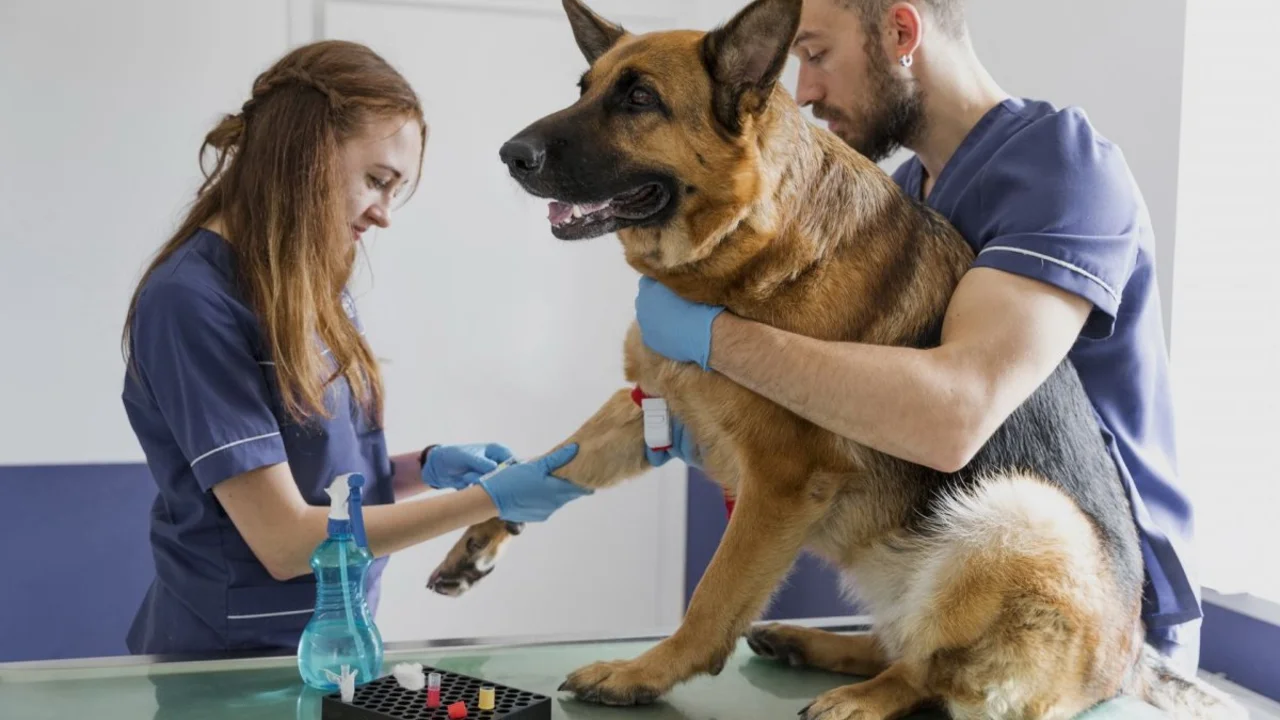Pet Medication: What Every Owner Needs to Know
Giving a pill to a squirming dog or a nervous cat can feel like a mini‑mission. The good news? With a few simple habits you can make the whole process safer and less stressful for both you and your pet.
How to Pick the Right Medicine
Never give a human drug to a pet unless a vet explicitly says it’s okay. Even common pain relievers can be toxic to animals. When a vet prescribes a medication, double‑check the name, dosage, and how often it should be given. If the label looks confusing, ask the pharmacist to explain it in plain language.
Look for the animal‑specific formulation. Some manufacturers make a version of the same drug for cats, dogs, or horses, and the concentration can be very different. Using the wrong strength can cause an overdose or make the treatment ineffective.
Storing and Handling Your Pet's Meds
Keep all meds out of reach of curious paws and kids. A high cupboard or a locked drawer works best. Many drugs lose potency if they get too hot or too cold, so store them where the temperature stays steady.
Write the start date, dosage, and any special instructions on a sticky note and attach it to the bottle. This way you won’t miss a dose or give an extra one by accident.
When it’s time to give a pill, hide it in a tasty treat if your pet will eat it without fuss. Soft cheese, peanut butter (xylitol‑free), or a small piece of chicken work well for most dogs. For cats, try a tuna flake or a specialized pill pocket.
If your pet refuses the pill, don’t force it. You can crush a tablet (only if the label says it’s okay) and mix it into a small amount of wet food. Always check with the vet first because some meds lose their effect when crushed.
Watch for side effects. Common signs of a problem include vomiting, diarrhea, excessive drooling, or sudden changes in behavior. If anything looks off, call your vet right away and have the medication bottle handy.
Finally, keep a list of all the medicines your pet is taking, including over‑the‑counter supplements. Bring this list to every vet visit so the doctor can spot possible interactions.
Taking these straightforward steps helps you protect your pet’s health and makes medication time a lot less hectic. Your furry companion will thank you with a wag, a purr, or just a happy, healthy life.
Cabergoline for Dogs: A Vet's Perspective
Hi there, in this post, I'm going to share some insights from a vet's perspective about a drug called Cabergoline used in dogs. We'll be discussing the uses, the side effects, and some precautions that pet owners need to know. I hope this article will be informative and helpful for all you dog lovers out there. Remember, taking care of our furry friends is not just about love and cuddles, it's about understanding their health needs too.
Learn more...